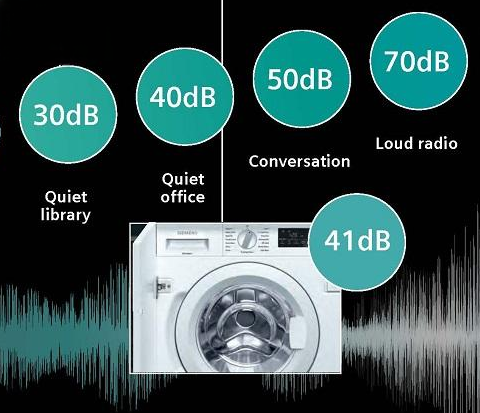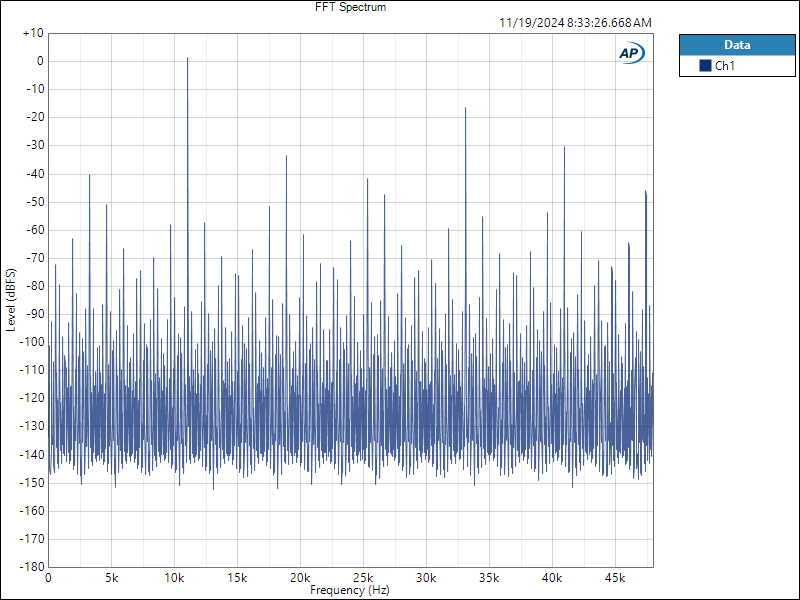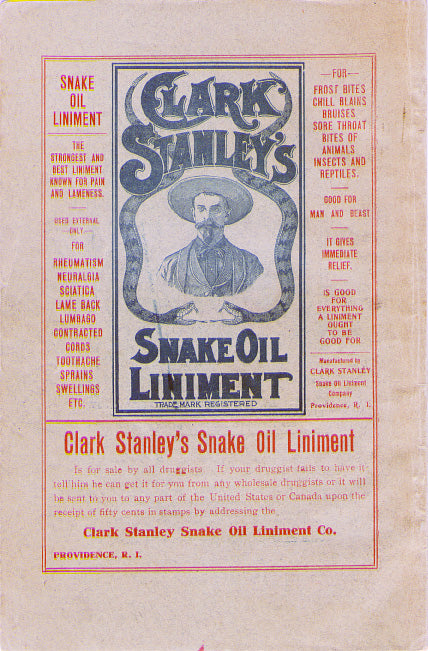Buy one component and save 10% on up to 2 cables. Buy 2 components and get 4 free cables. Free shipping on USA orders over $700. Low-cost shipping to Canada.
Buy one component and save 10% on up to 2 cables. Buy 2 components and get 4 free cables. Free shipping on USA orders over $700. Low-cost shipping to Canada.
Benchmark Bi-Directional 12 Volt Trigger - Technical Details
by John Siau April 20, 2016
Link your audio products together with trigger cables
Benchmark has created a bi-directional 12 Volt trigger interface that is compatible with almost every trigger input and output. This interface can be used to connect Benchmark products together so that they will power up and down in a sequenced fashion. This same interface can be connected to the trigger inputs and outputs on other brands of audio products. This application note describes some typical configurations and it includes the full technical details of the Benchmark trigger system. Most users will be able to connect their audio components together without the need to worry about the details in the "Technical Description" section.
Benchmark Products with Trigger I/O Connections
The Benchmark bi-directional 12 Volt trigger system is included on the following Benchmark products:
- DAC2 HGC - D/A Converter (one trigger I/O connector)
- DAC2 DX - D/A Converter (one trigger I/O connector)
- DAC2 L - D/A Converter (one trigger I/O connector)
- AHB2 - Power Amplifier (two trigger I/O connectors)
Typical Configurations:
- DAC2 (trigger I/O) <> AHB2 (trigger I/O)
- DAC2 (trigger I/O) <> AHB2 (trigger I/O) <> AHB2 (trigger I/O)
- DAC2 (trigger I/O) > Power Amplifier (trigger in)
- Preamplifier (trigger out) > DAC2 (trigger I/O) > Power Amplifier (trigger in)
- DAC2 (trigger I/O) >Preamplifier (trigger in), Preamplifier (trigger out) > Power Amplifier (trigger in)
Trigger Connector and Cable:

- Connecting cables may be three conductor 1/8" (TRS) or two conductor 1/8" (TS). The ring connection is not used.
- Trigger I/O jack is 1/8" TRS
- Tip = +12 V Trigger Signal
- Ring = No Connection
- Sleeve = Chassis Ground
Trigger Bus - Technical Description
- Trigger bus can function as a trigger output and can drive almost any 12 V trigger input.
- Trigger bus can automatically function as a trigger input when driven by almost any DC trigger output (having a positive voltage greater than 5 V, and less than 30 V).
- Trigger logic incorporates delays to minimize pops and clicks when devices power up and down. Benchmark products are designed to follow this power-up sequence:
- Analog and digital sources turn on
- Preamplifiers and signal processors turn on
- Power amplifiers turn on
- Power-down sequence is the reverse of the power-up sequence.
- Multiple Benchmark products can be wired in parallel on one trigger bus. Multiple non-Benchmark trigger inputs can be added to the bus. Up to one non-Benchmark trigger output can be added to the bus.
- If any Benchmark product on the trigger bus is turned on, all other Benchmark and non-Benchmark products will follow.
- The first Benchmark product turned on becomes the "initiating device". All other Benchmark devices on the bus automatically become "slave devices" and will follow the actions of the "initiating device". Any non-Benchmark trigger inputs attached to the bus will also slave to the actions of the "initiating device". If the "initiating device" turns off, all slaves will follow.
- The trigger jack on an "initiating device" will deliver 12V at up to 200 mA to turn on all "slave devices" connected to the trigger bus. This output is current limited to 200 mA at 12 V and is limited to 40 mA into a short-circuit (to ground). This output is driven by the "initiating device" whenever the system is on.
- If a Benchmark product is acting as a "slave device", it will turn off whenever the trigger bus voltage is less than 1.26 Volts for a period of 1/4 second.
- If the trigger bus is low (less than 1.26 V), for more than 2 seconds, Benchmark devices shall assume all devices on the bus are off. No Benchmark device can become an "initiating device" until the bus has been low for at least 2 seconds. This 2-second waiting period insures that all power-down sequences have completed.
- The "initiating device" will monitor its own trigger output signal and release the 12 Volt output if an overload is detected. An overload is any condition that holds the trigger line at or below 1.26 V while the 12 Volt output is enabled. Monitoring will begin 2 seconds after applying the 12 Volt output signal. This 2-second delay allows short-term overloading while relays are firing and systems are initializing. Overloads detected in the first 2 second will not turn off the "initiating device". Overloads detected after the first 2 seconds will shut down the "initiating device". Overloads detected after the first 2 seconds indicate that a slave device has requested a system power down sequence.
- Signal source devices must turn on before power amplifiers. The DAC2 is a signal source device. If the DAC2 is turned on by a user, the trigger output will be applied after a 1/2 second delay. This 1/2 second delay allows the DAC2 circuits to stabilize before turning on the power amplifier. Audio will remain muted for an additional 1/2 second.
- Signal source devices must wait for power amplifiers to turn off before completing their power-down sequence. Signal source devices will immediately mute when the trigger bus is low for more than 1/4 second. This will initiate the power-down sequence within the source device. The source device shall not produce a pop at an analog output for at least 10 seconds. In many cases this implies that the source device will remain in a standby mode (outputs muted, all analog output circuits active) for at least 10 seconds. The display should immediately show a response to the user's request to shut down.
- Benchmark power amplifiers will immediately respond to a high trigger signal (> 2.7 Volts). Amplifier must remain muted until stable.
- Benchmark power amplifiers will respond to a low trigger signal having a duration of at least 1/4 second. At the end of 1/4 second, the power amplifier will mute and begin powering down.
- "Slave devices" can force a system shutdown by pulling the trigger bus below 1.26 Volts. The circuit in the DAC2 will pull the bus below 0.8 V. This circuit is current limited to 0.5 A.
- If the product is off and a DC voltage (2.7-30 V) is externally applied to this jack, the jack will function as a trigger input. Under these circumstances, the product will turn on in a muted condition, and remain muted for 1/2 second to minimize any system turn-on transients. After the 1/2 second mute interval has elapsed, the product shall begin normal operation. The trigger jack will continue to act as an input, and product will mute 1/2 second after the loss of an externally applied trigger (input voltage under 1.26 V). The product will shut down completely 1 second after the loss of trigger.
- Benchmark devices will draw 0.44 mA at 12V while the trigger jack is functioning as an input.
- The externally-applied DC voltage must be removed, and the product must return to an off state, before the trigger jack can act as an output.
- The trigger jack shall be protected against short circuits and overloads. Output current is limited to 40 mA at 0 V and 200 mA at 12 V. Current limiting is built into the LDO regulator that supplies the trigger voltage.
- The trigger jack shall be protected against reverse voltage. A 1A diode protects against reverse voltages up to -100 V.
- The trigger jack will tolerate +30 V continuous.
- Trigger detect logic has a 15 Hz low-pass filter and peak detector. Additional digital logic will filter out non-DC signals (pulses shorter than 125 ms) on the trigger input. The product must remain in its current state unless the trigger is low for more than 125 ms.
- Trigger input is ESD protected.
Also in Audio Application Notes

How Loud is the Distortion from Your Power Amplifier?
by John Siau August 08, 2025
Would you put a Washing Machine in your Listening Room?
If the answer is no, you may be surprised to discover that the distortion produced by your power amplifier may be louder than the noise produced by a major appliance.
Don't believe me? Take a look at Stereophile's test reports:
We selected 7 power amplifiers from Stereophile's top list of recommended amplifiers.
We took Stereophile's "THD+N vs. Power" plots for each, and replotted the data in a format that shows the loudness of the THD+N at the listening position.
The results are shocking!
Amplifier THD+N is louder than expected!
The distortion from your amplifier may be louder than a washing machine on the spin cycle, or it may be totally silent. How does yours perform? The answer is hidden in Stereophile's THD+N plots.
This application note reveals the hidden truth:
"The Distortion from your Power Amplifier may be Louder than a Washing Machine!"
I know, it sounds crazy, but this is what the measurements show!

Interpolator Overload Distortion
by John Siau November 20, 2024
Most digital playback devices include digital interpolators. These interpolators increase the sample rate of the incoming audio to improve the performance of the playback system. Interpolators are essential in oversampled sigma-delta D/A converters, and in sample rate converters. In general, interpolators have vastly improved the performance of audio D/A converters by eliminating the need for analog brick wall filters. Nevertheless, digital interpolators have brick wall digital filters that can produce unique distortion signatures when they are overloaded.
10% Distortion
An interpolator that performs wonderfully when tested with standard test tones, may overload severely when playing the inter-sample musical peaks that are captured on a typical CD. In our tests, we observed THD+N levels exceeding 10% while interpolator overloads were occurring. The highest levels were produced by devices that included ASRC sample rate converters.

Audiophile Snake Oil
by John Siau April 05, 2024
The Audiophile Wild West
Audiophiles live in the wild west. $495 will buy an "audiophile fuse" to replace the $1 generic fuse that came in your audio amplifier. $10,000 will buy a set of "audiophile speaker cables" to replace the $20 wires you purchased at the local hardware store. We are told that these $10,000 cables can be improved if we add a set of $300 "cable elevators" to dampen vibrations. You didn't even know that you needed elevators! And let's not forget to budget at least $200 for each of the "isolation platforms" we will need under our electronic components. Furthermore, it seems that any so-called "audiophile power cord" that costs less than $100, does not belong in a high-end system. And, if cost is no object, there are premium versions of each that can be purchased by the most discerning customers. A top-of-the line power cord could run $5000. One magazine claims that "the majority of listeners were able to hear the difference between a $5 power cable and a $5,000 power cord". Can you hear the difference? If not, are you really an audiophile?




